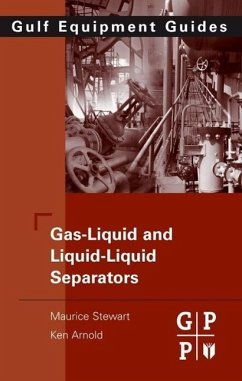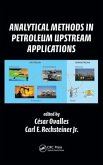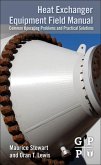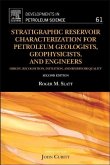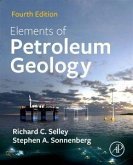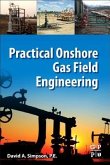Gas-Liquid And Liquid-Liquid Separators is practical guide designed to help engineers and operators develop a ?feel? for selection, specification, operating parameters, and trouble-shooting separators; form an understanding of the uncertainties and assumptions inherent in operating the equipment. The goal is to help familiarize operators with the knowledge and tools required to understand design flaws and solve everyday operational problems for types of separators.
Gas-Liquid And Liquid-Liquid Separators is divided into six parts: Part one and two covers fundamentals such as: physical properties, phase behaviour and calculations. Part three through five is dedicated to topics such as: separator construction, factors affecting separation, vessel operation, and separator operation considerations. Part six is devoted to the ASME codes governing wall thickness determination of vessel weight fabrication, inspection, alteration and repair of separators
Gas-Liquid And Liquid-Liquid Separators is divided into six parts: Part one and two covers fundamentals such as: physical properties, phase behaviour and calculations. Part three through five is dedicated to topics such as: separator construction, factors affecting separation, vessel operation, and separator operation considerations. Part six is devoted to the ASME codes governing wall thickness determination of vessel weight fabrication, inspection, alteration and repair of separators

